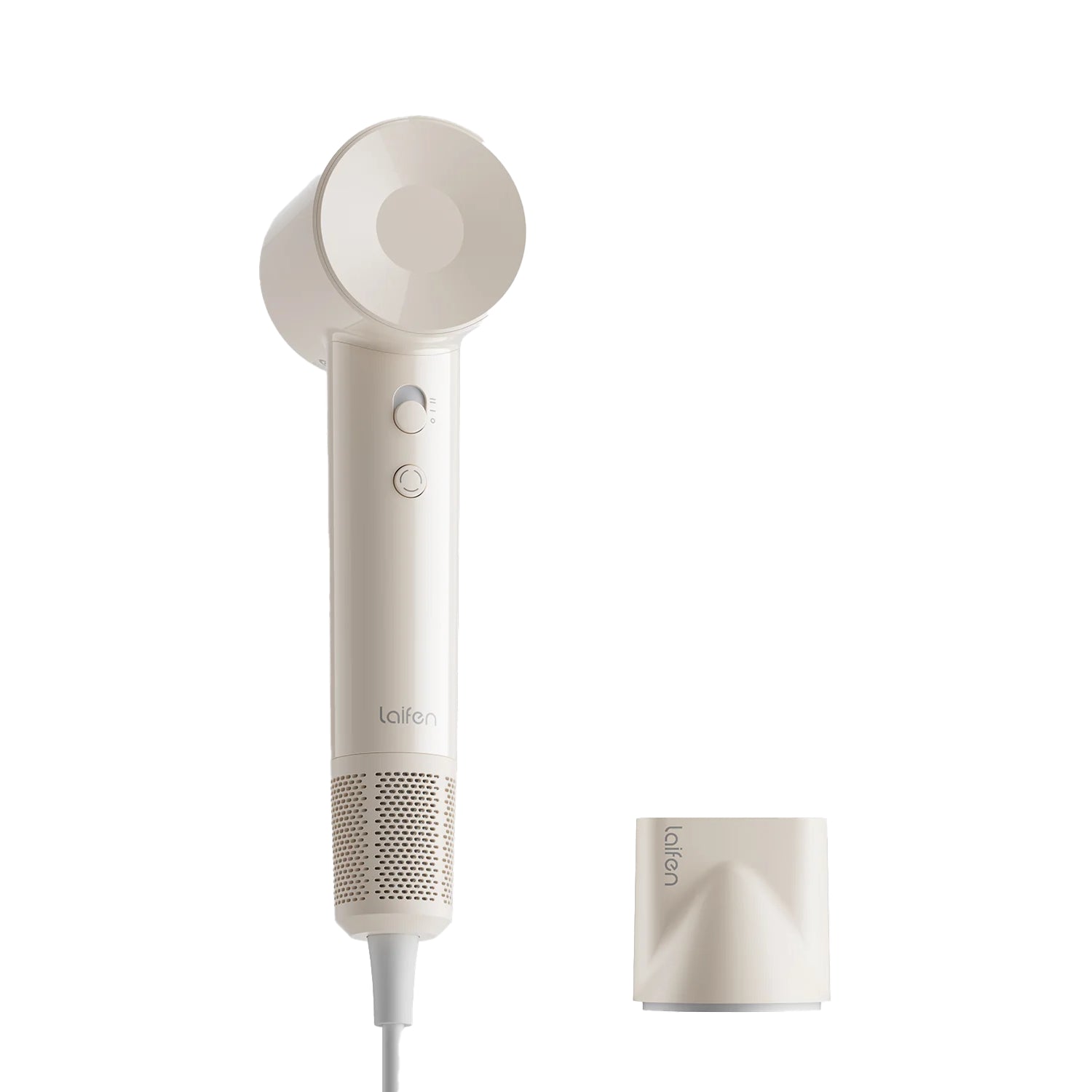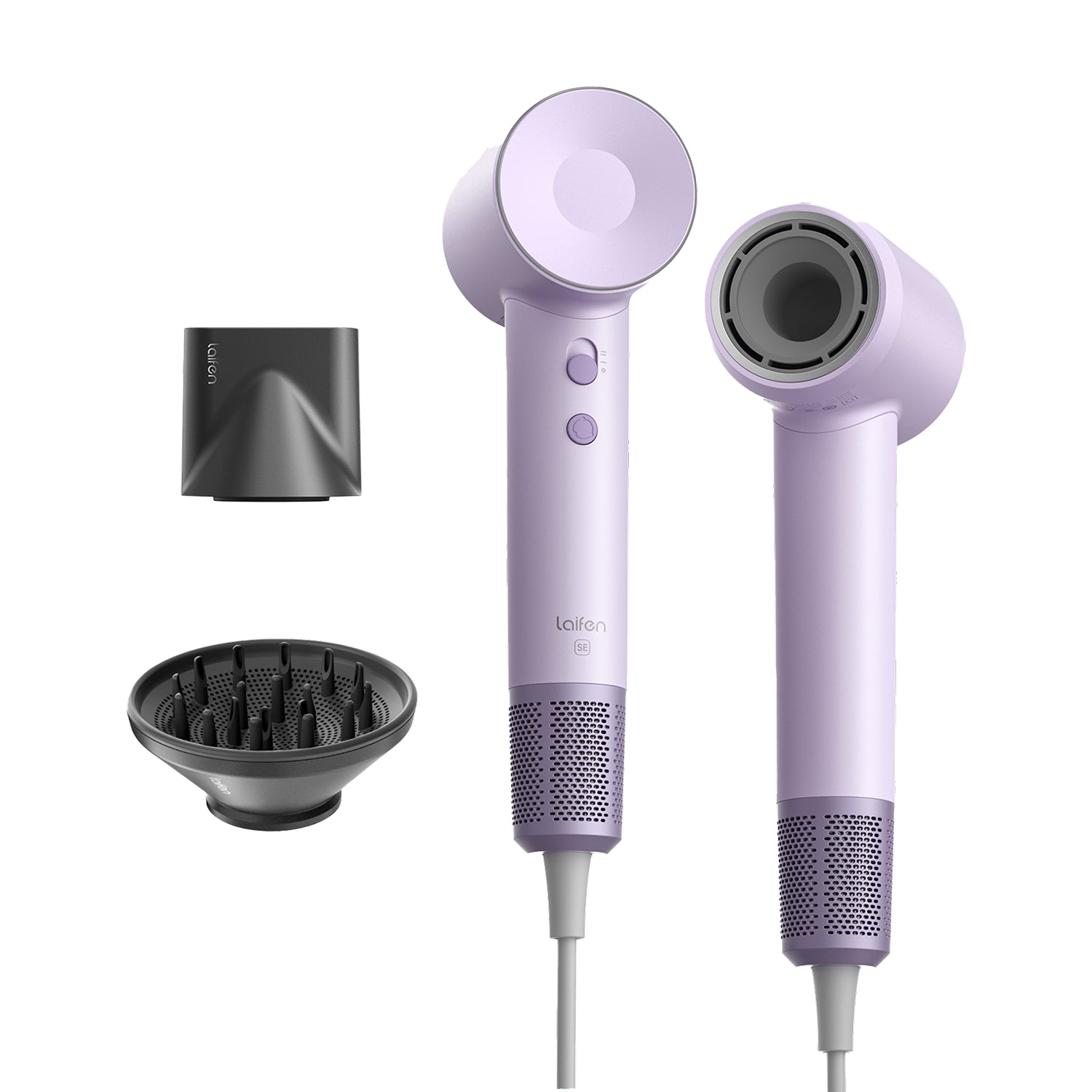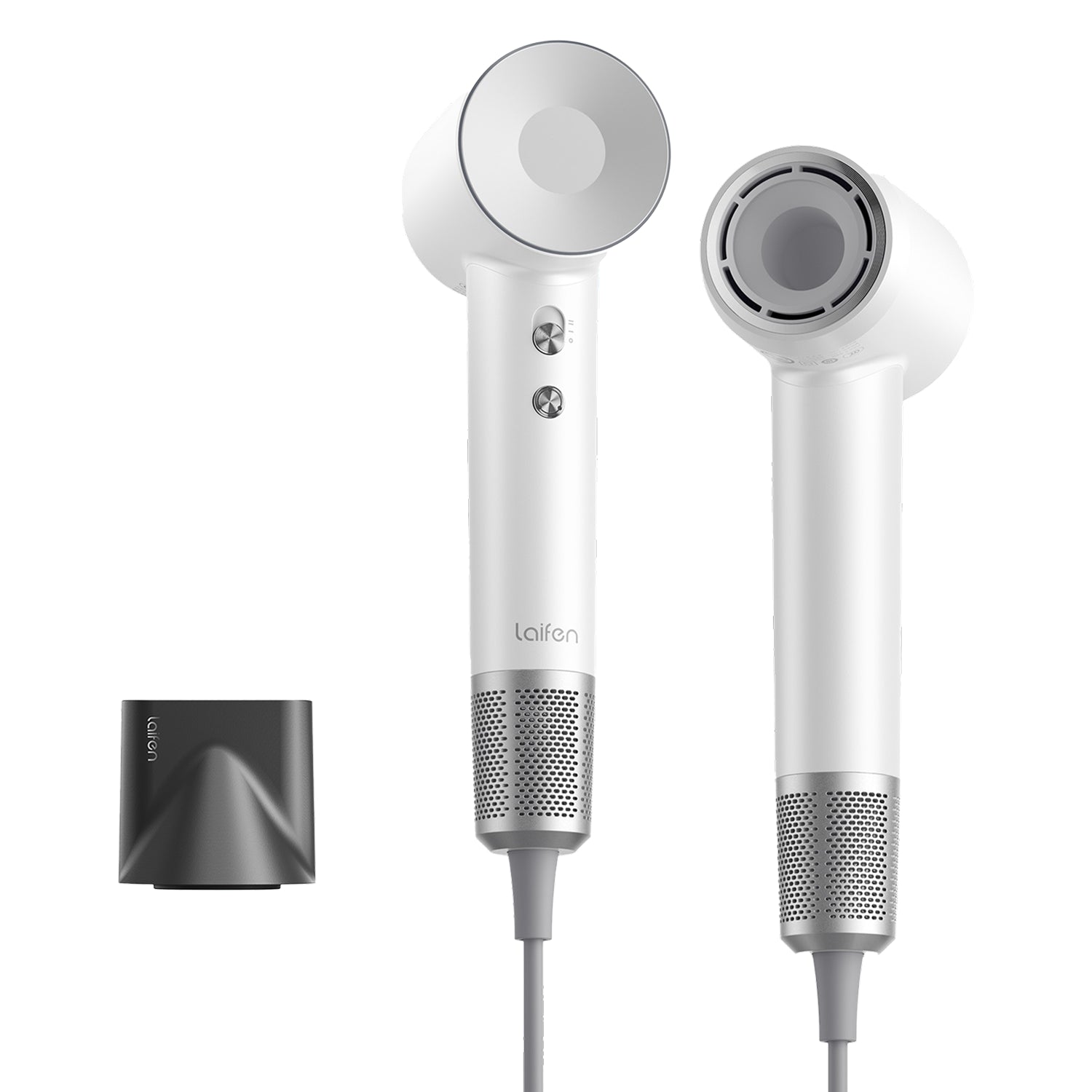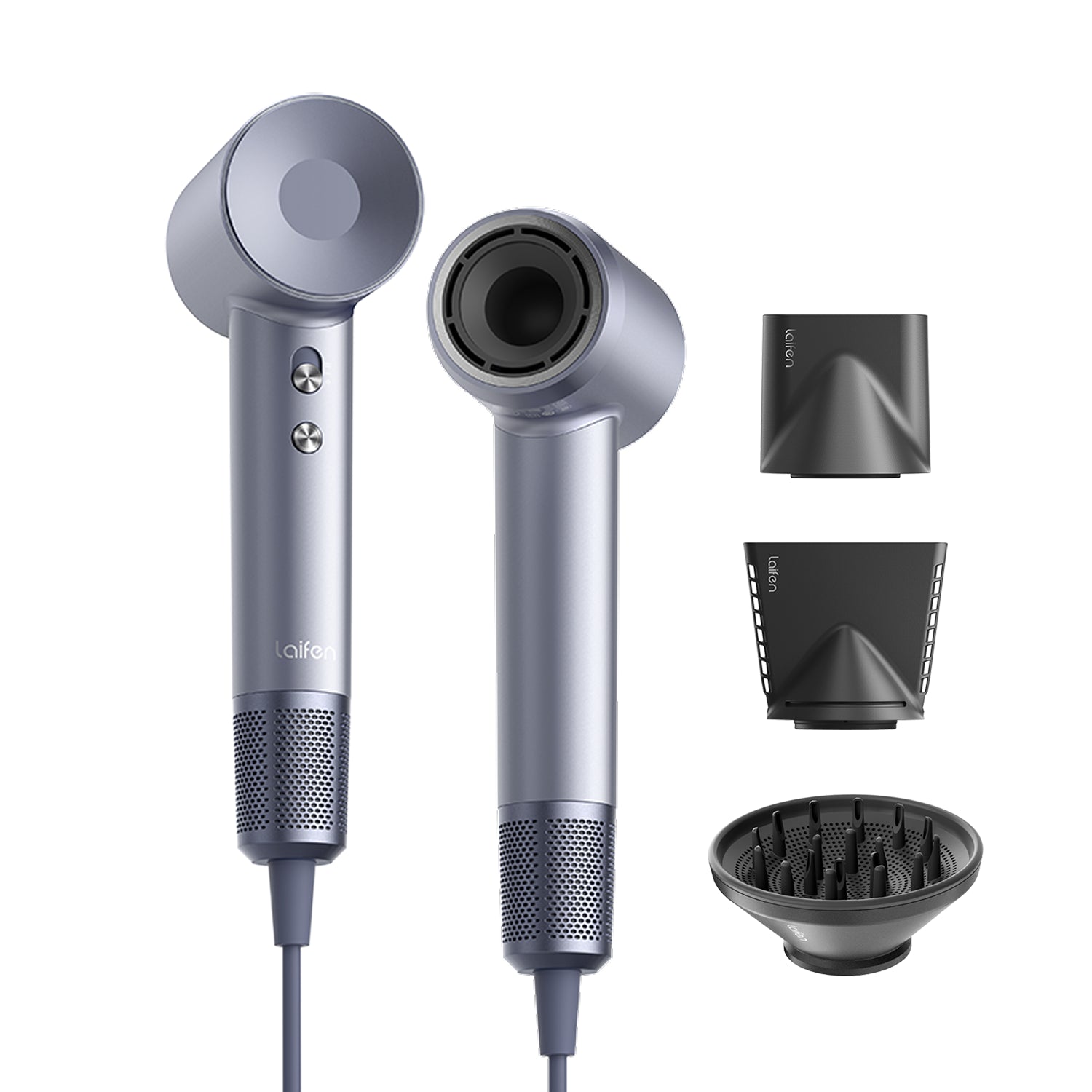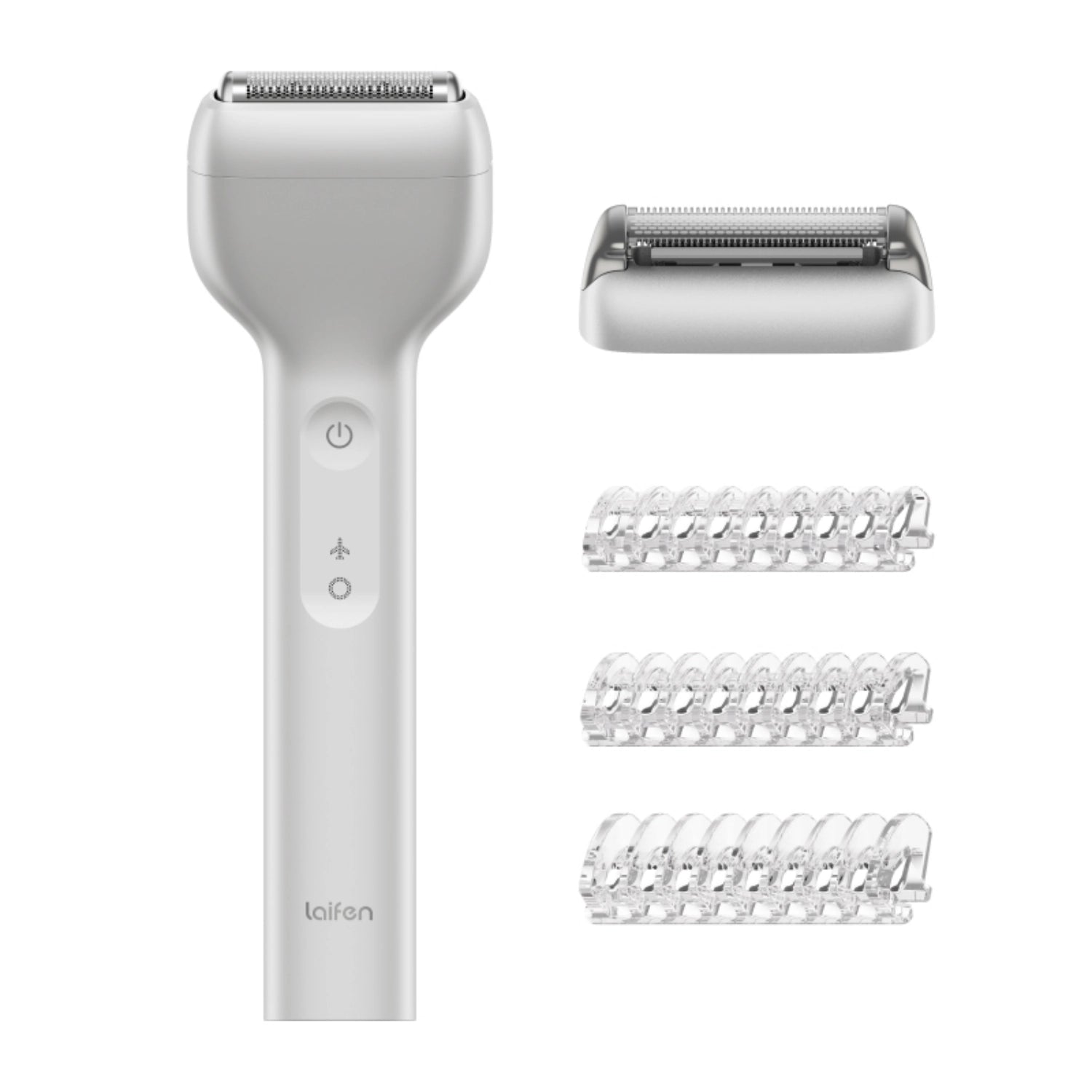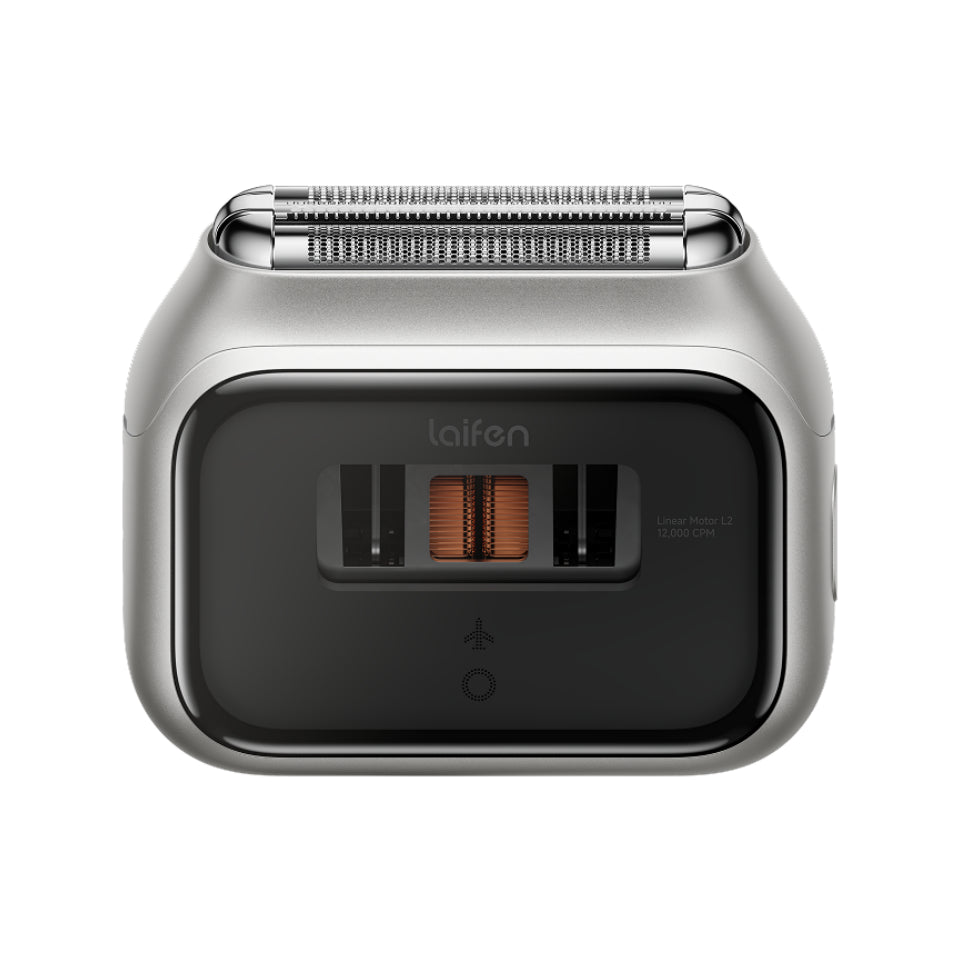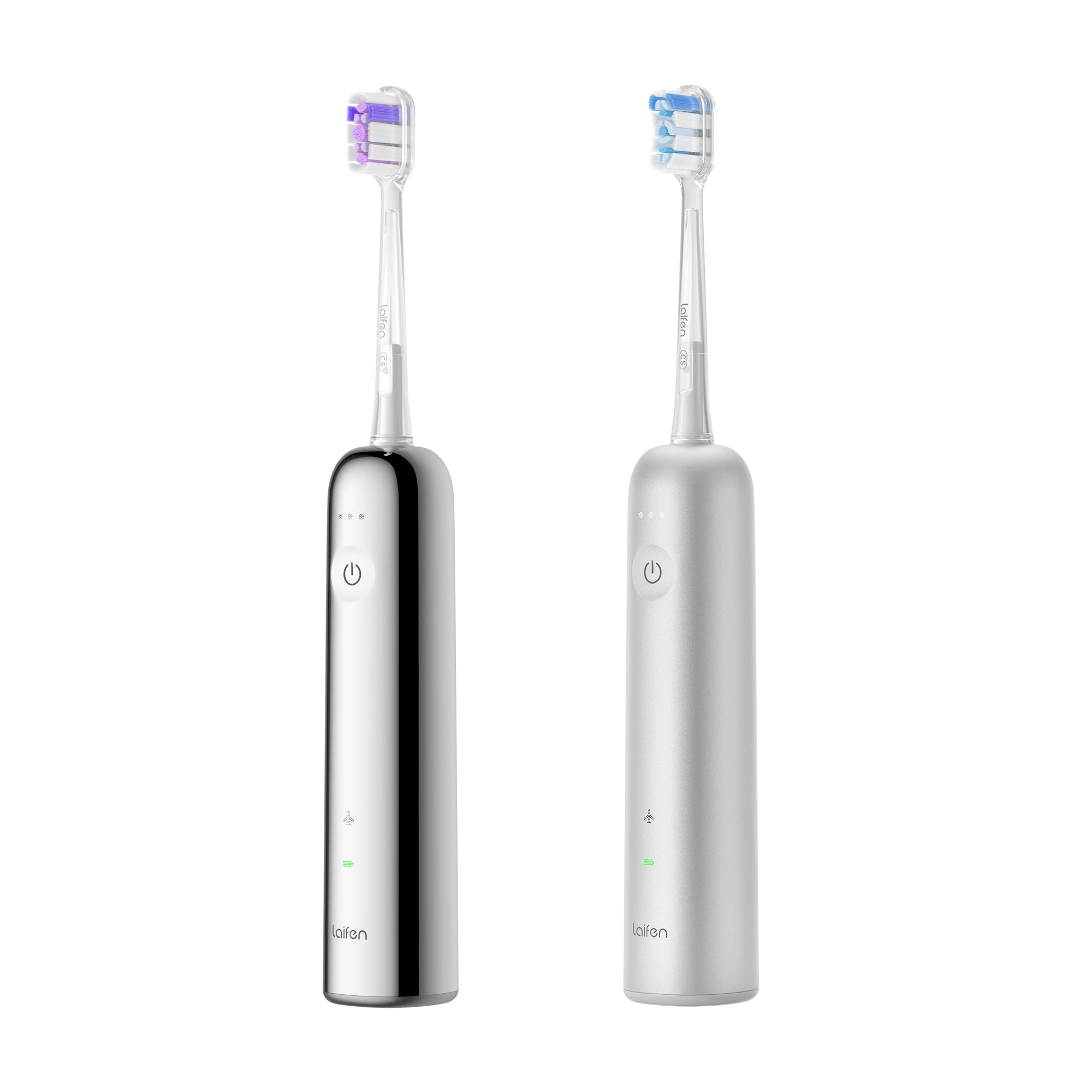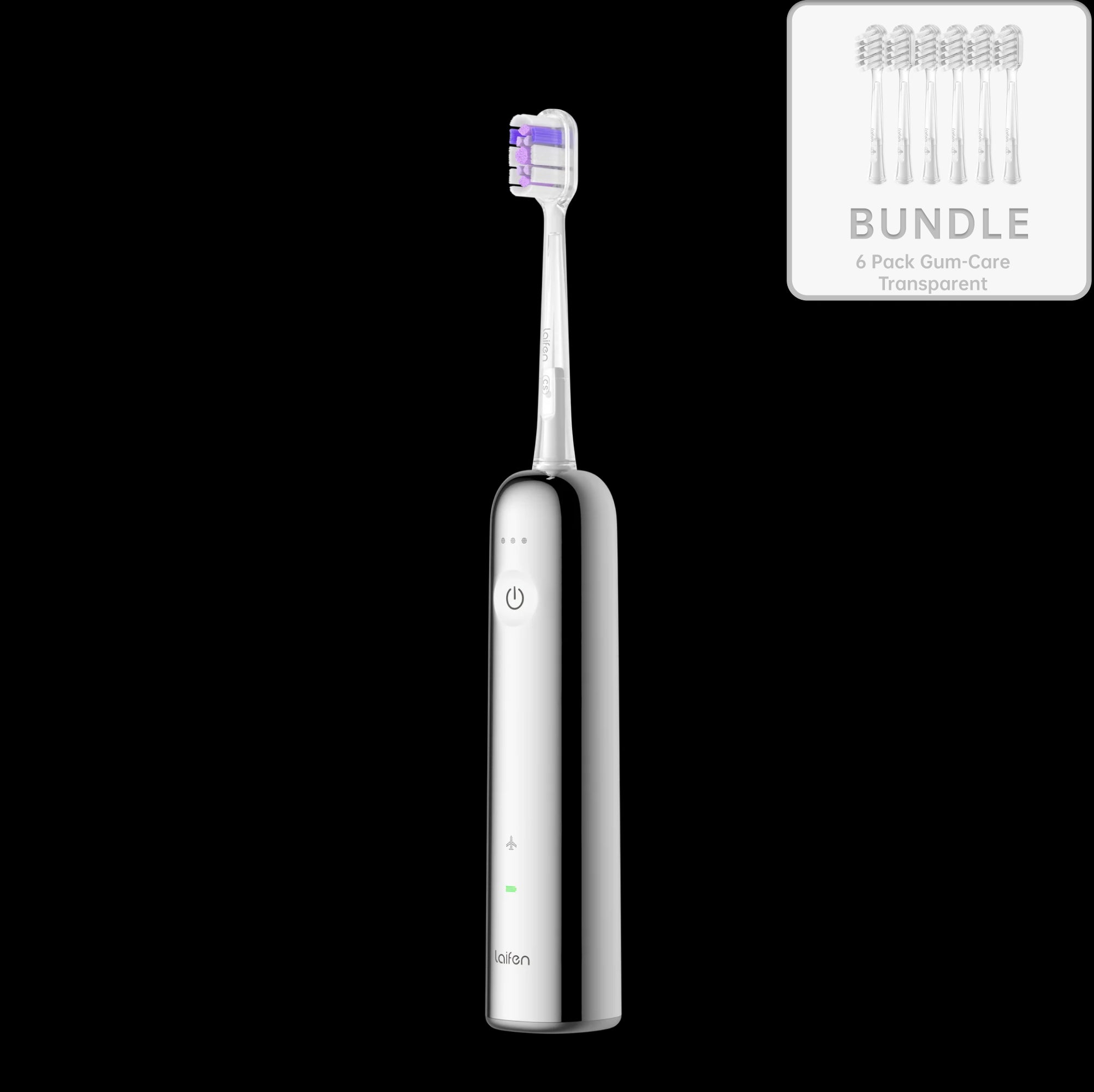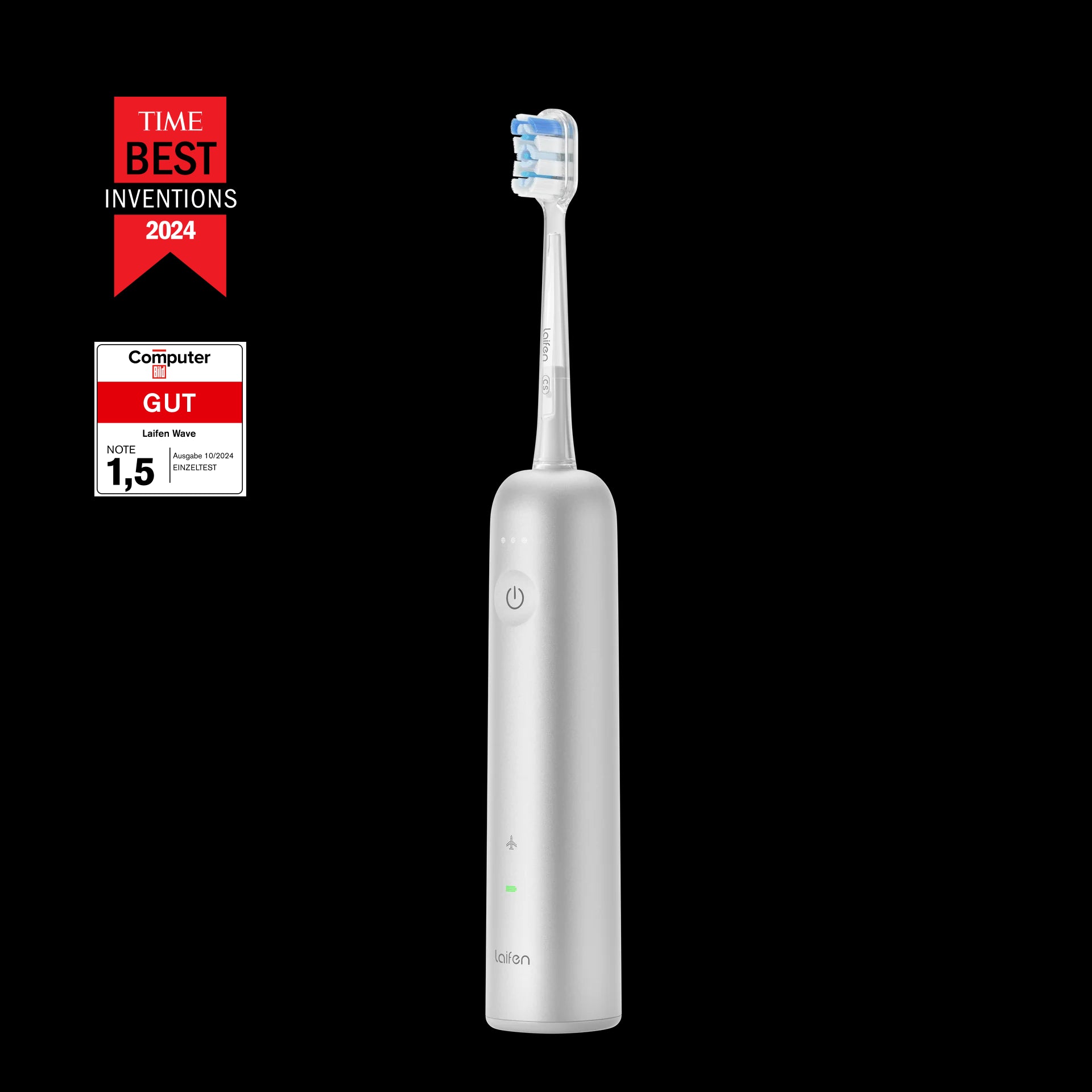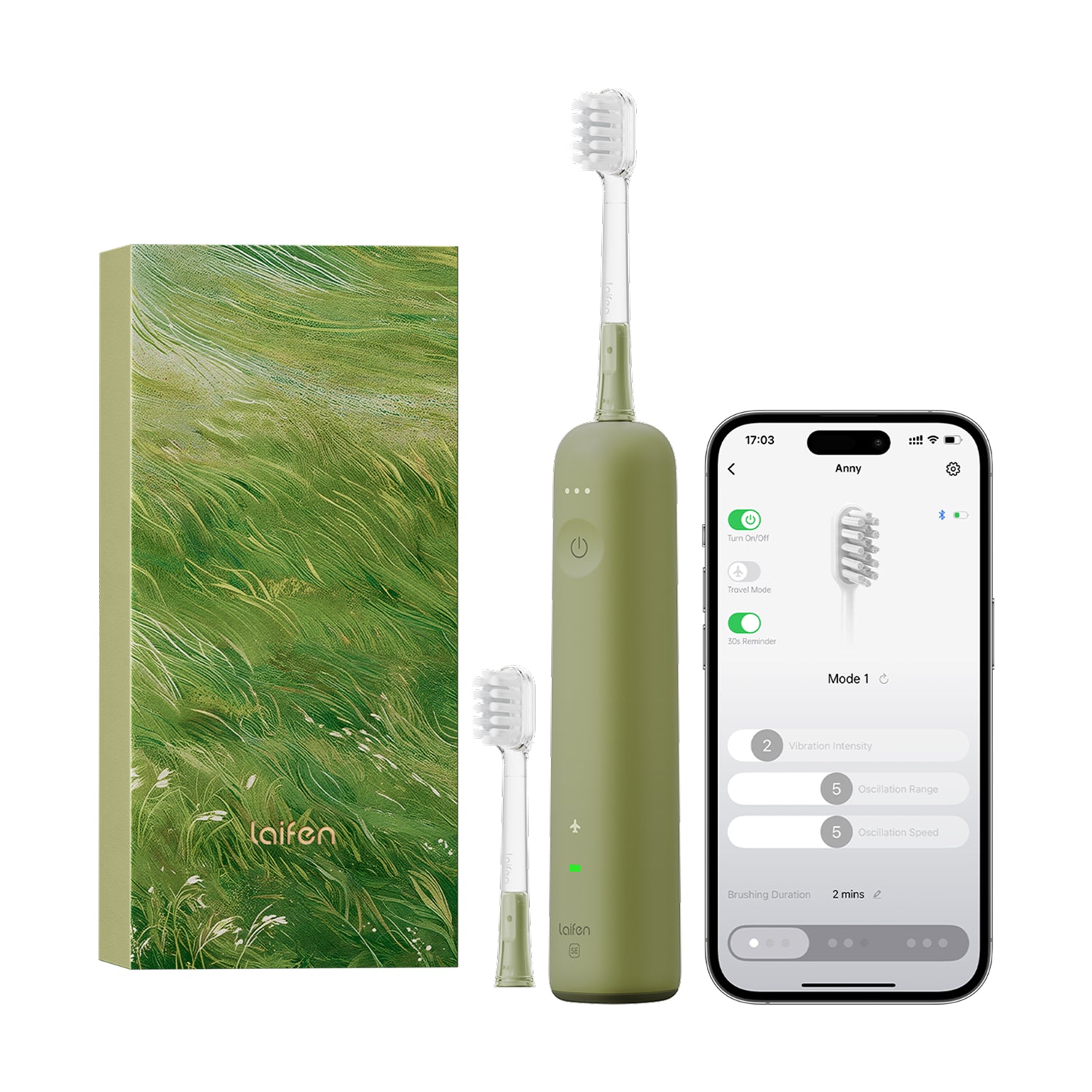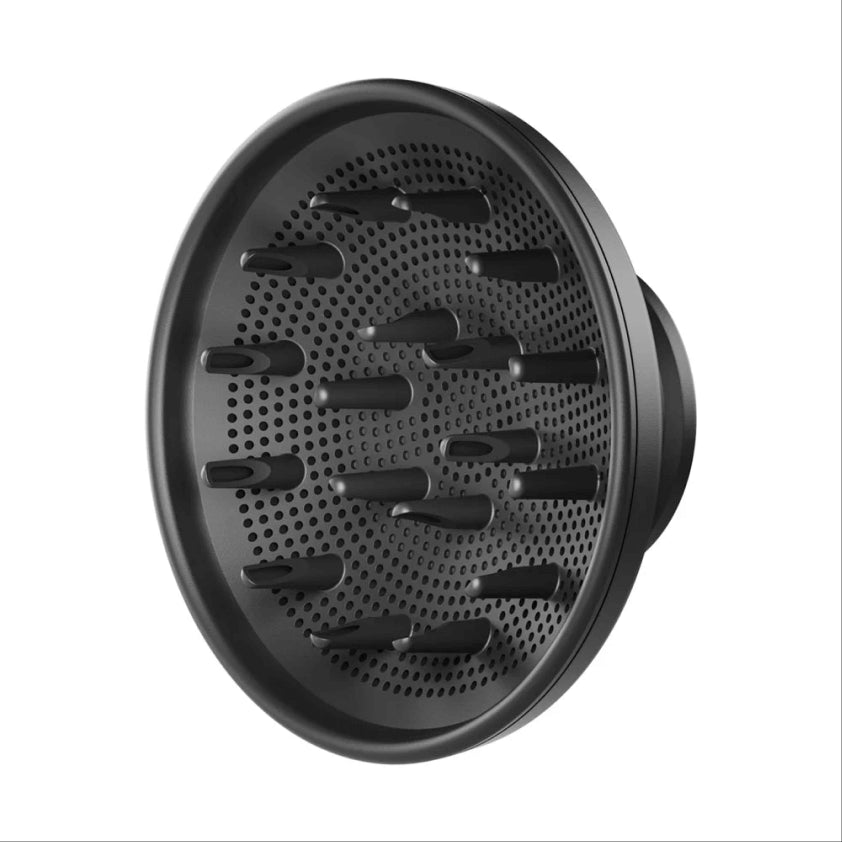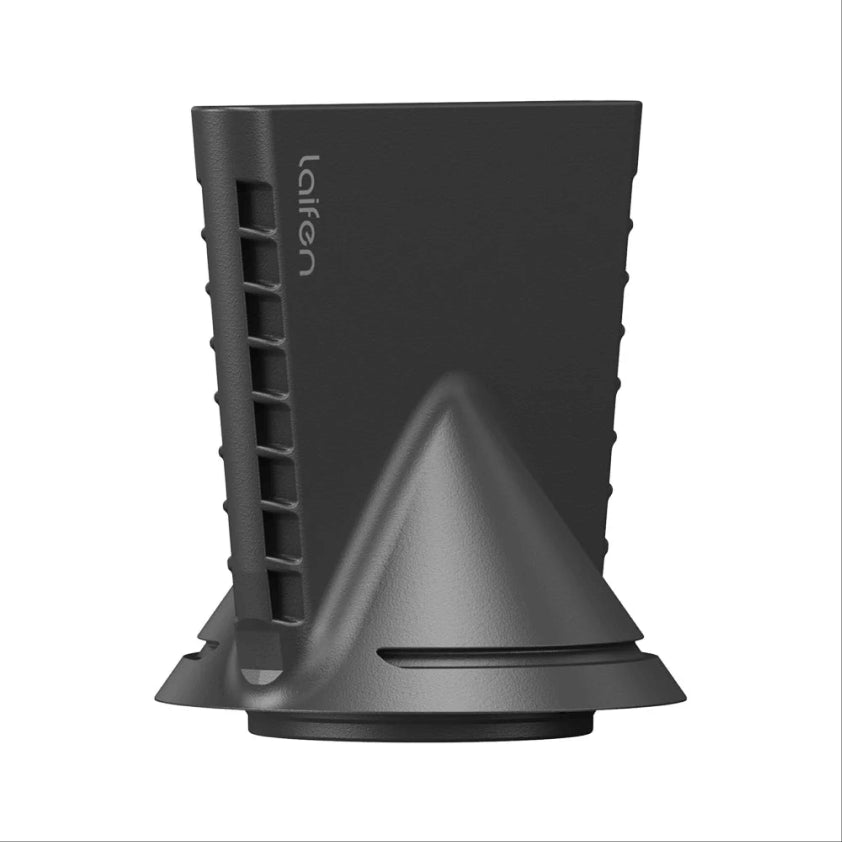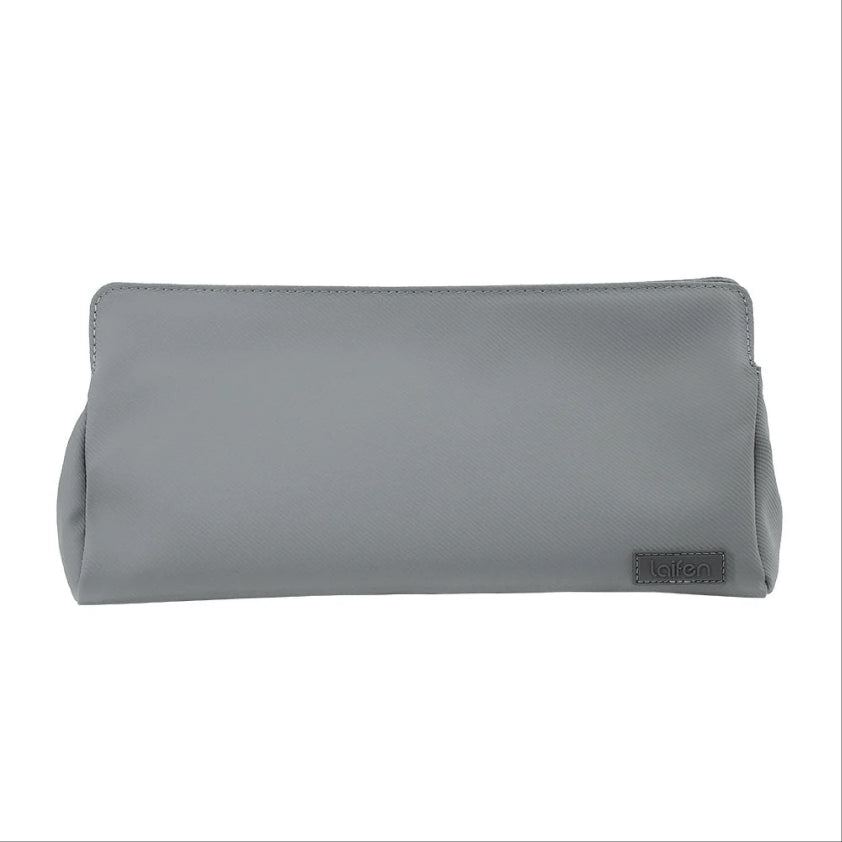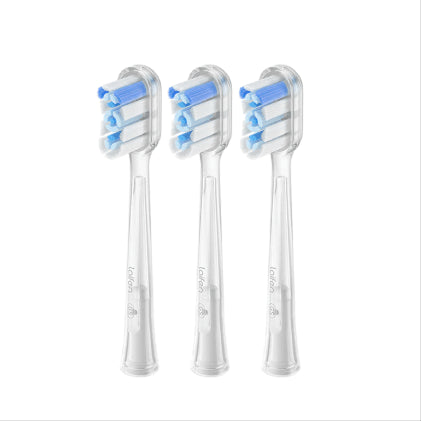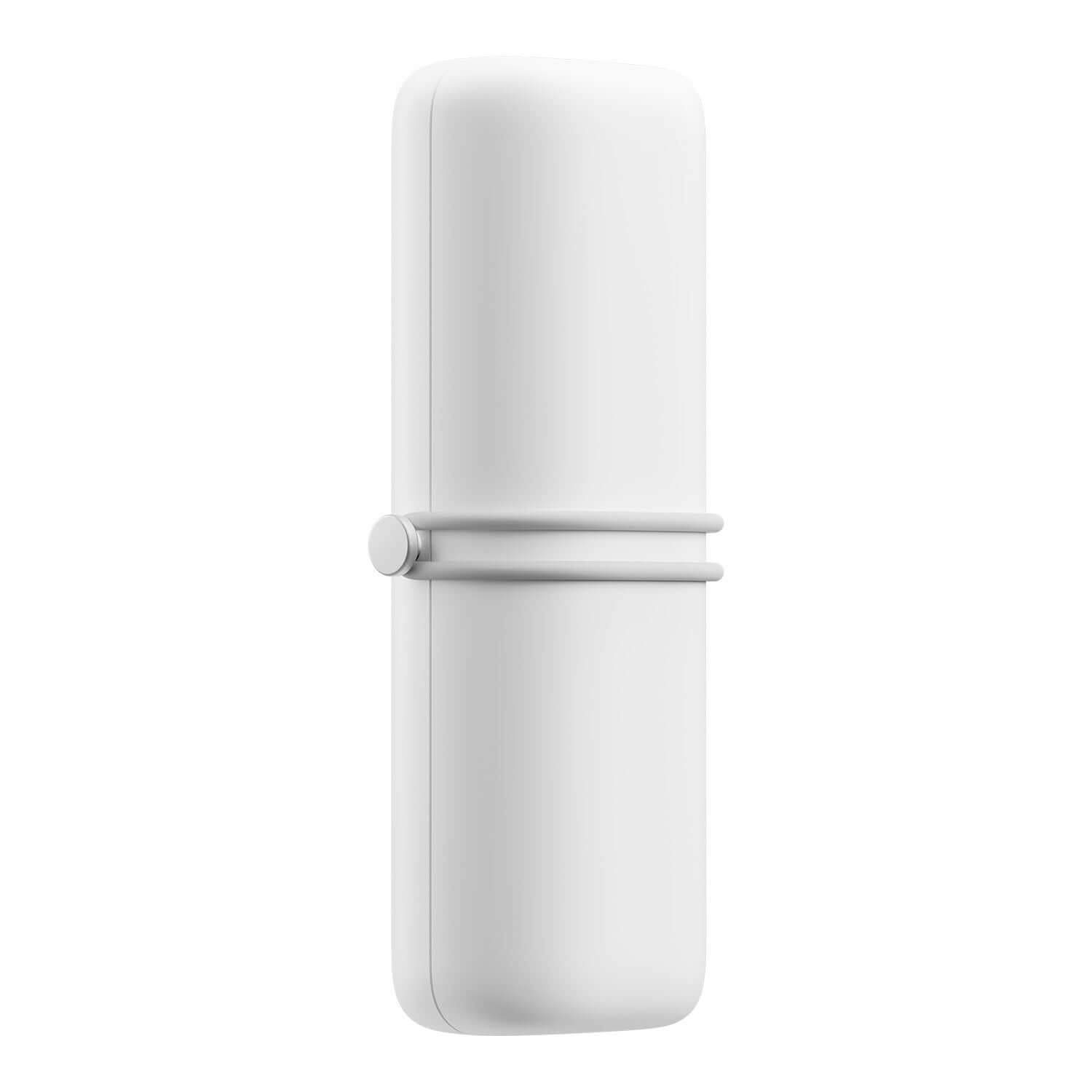
In this article
It's a question on many minds as they contemplate that dental chair. The truth? While anticipation might build dread, the reality is often far gentler. You may wonder: Will filling cavities be painful? Will the numbing shot hurt more than the cavity itself?
Yet, modern techniques and numbing agents make the process surprisingly comfortable. Sure, there might be pressure or vibrations, but pain? Usually not. So, take a deep breath, relax, and trust that the discomfort is minimal compared to the relief of having a cavity filled.
Do cavity filling hurt?
There are some aspects to consider regarding whether cavity fillings hurt:
Anesthesia administration
Dentists use local anesthesia to numb the area before filling a cavity to provide minimal discomfort during the procedure.
Sensations during the procedure
While you may feel pressure, vibrations, or slight discomfort during the cavity filling, significant pain is uncommon due to the numbing effect of the anesthesia.
Individual pain threshold
Each person's pain tolerance varies, so while some may feel no pain at all, others might experience mild discomfort during certain parts of the procedure.
Post-procedure sensations
After the anesthesia wears off, you may experience some sensitivity or mild discomfort in the filled tooth or surrounding area, which usually subsides within a few days.
Dentist skill and technique
The experience and skill of your dentist play a significant role in minimizing discomfort during cavity filling. A skilled dentist can perform the procedure efficiently and effectively. They will help you reduce the likelihood of pain or complications.
How long does a filling take?
Here's a table outlining the duration of dental fillings for different situations:
|
Situation |
Duration |
|
Single surface filling (Small cavity) |
20-30 mins |
|
Multiple surface filling (Moderate cavity) |
30-45 mins |
|
Deep cavity filling (Extensive decay) |
45 mins to 1 hour or longer |
|
Composite resin filling (Tooth-colored) |
Similar to amalgam fillings, but may require additional time for layering and curing |
|
Pediatric filling |
Shorter duration, 20-30 mins, due to smaller tooth size and cooperative behavior |
|
Crown or onlay preparation (Replacing large portions of tooth) |
1-2 hours, as it involves shaping the tooth and taking impressions for a custom restoration |
How long do cavity fillings hurt?
In general, mild sensitivity or discomfort immediately after the procedure is common and may last for a few hours as the anesthesia wears off. For most people, any lingering discomfort subsides within a few days to a week.
However, in some cases, sensitivity may persist for several weeks, especially if the cavity was deep or close to the tooth nerve. If the filling was large or if there were complications during the procedure, such as an uneven bite or high filling, it could prolong the discomfort.
Main types of fillings
The main types of dental fillings include:
-
Amalgam fillings: Made from a mixture of metals, including silver, mercury, tin, and copper. Amalgam fillings are durable, cost-effective, and have been used for many years. Their silver color makes them more visible in the mouth.
-
Composite resin fillings: Also known as tooth-colored or white fillings, composite resin fillings are made from a mixture of plastic and glass materials. They can be matched to the color of natural teeth and leaves you a more aesthetically pleasing option.
-
Ceramic fillings: Made from porcelain or other ceramic materials, ceramic fillings are durable and resistant to staining. Like composite resin fillings, they can be color-matched to blend seamlessly with natural teeth. Ceramic fillings are used for more extensive cavities or for patients with allergies or sensitivities to other filling materials.
-
Glass lonomer fillings: These fillings are made from a mixture of glass and acrylic materials. They release fluoride, which can help prevent further tooth decay. Glass ionomer fillings are commonly used for children's teeth, as they are more forgiving during placement and adhere well to the tooth structure.
-
Gold fillings: Made from gold alloy, gold fillings are durable and long-lasting. They are custom-made in a dental laboratory and require multiple appointments for placement. While they are the most expensive option, they offer excellent durability and biocompatibility.
Pain and recovery methods
Pain and recovery methods after getting a dental filling can vary depending on factors like the type and size of the filling, individual pain tolerance, and the dentist's techniques. Here are some common experiences and recovery methods:
-
It's normal to experience some sensitivity or discomfort immediately after the procedure, especially as the anesthesia wears off. This subsides within a few hours.
-
You may notice increased sensitivity to hot or cold foods and drinks for a few days after the filling. You'd better try a toothpaste designed for sensitive teeth can help alleviate this sensitivity.
-
To prevent irritation or damage to the newly filled tooth, avoid chewing on hard or sticky foods on that side of the mouth for a few days.
-
If you experience discomfort, over-the-counter pain relievers like ibuprofen or acetaminophen can help manage pain and inflammation.
-
Continue to brush and floss regularly, but be gentle around the filled tooth to avoid irritation.
-
If you grind your teeth at night, consider wearing a nightguard to protect the filled tooth from excessive pressure and minimize discomfort.
-
While discomfort is normal after a filling, severe or persistent pain, swelling, or signs of infection (such as fever) should be reported to your dentist promptly.
How to prevent cavities?
You can start by brushing your teeth twice a day with fluoride toothpaste like Colgate or Crest. For example, I use Colgate Total because it helps fight cavities and keeps my breath fresh all day long! Don't forget to floss daily, too. I like using Glide floss because it's gentle on my gums and gets rid of those pesky food bits.
Try to cut back on sugary snacks and drinks because they can make cavities more likely. Instead of reaching for soda or candy, grab a piece of fruit like an apple or some crunchy veggies like carrots. Drinking plenty of water throughout the day also helps wash away food particles and keeps your mouth hydrated.
And don't forget those regular dental check-ups! My dentist, Dr. Smith, always reminds me to visit every six months for a cleaning and check-up. So, keep up with those good habits!

